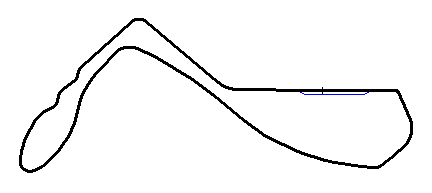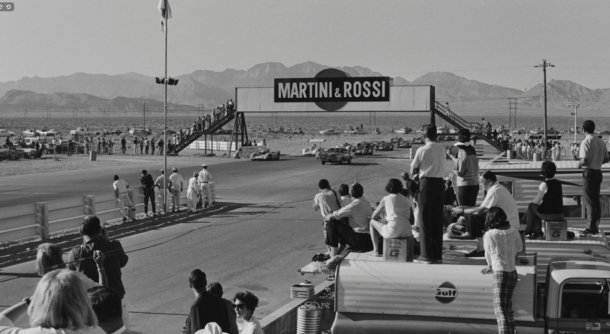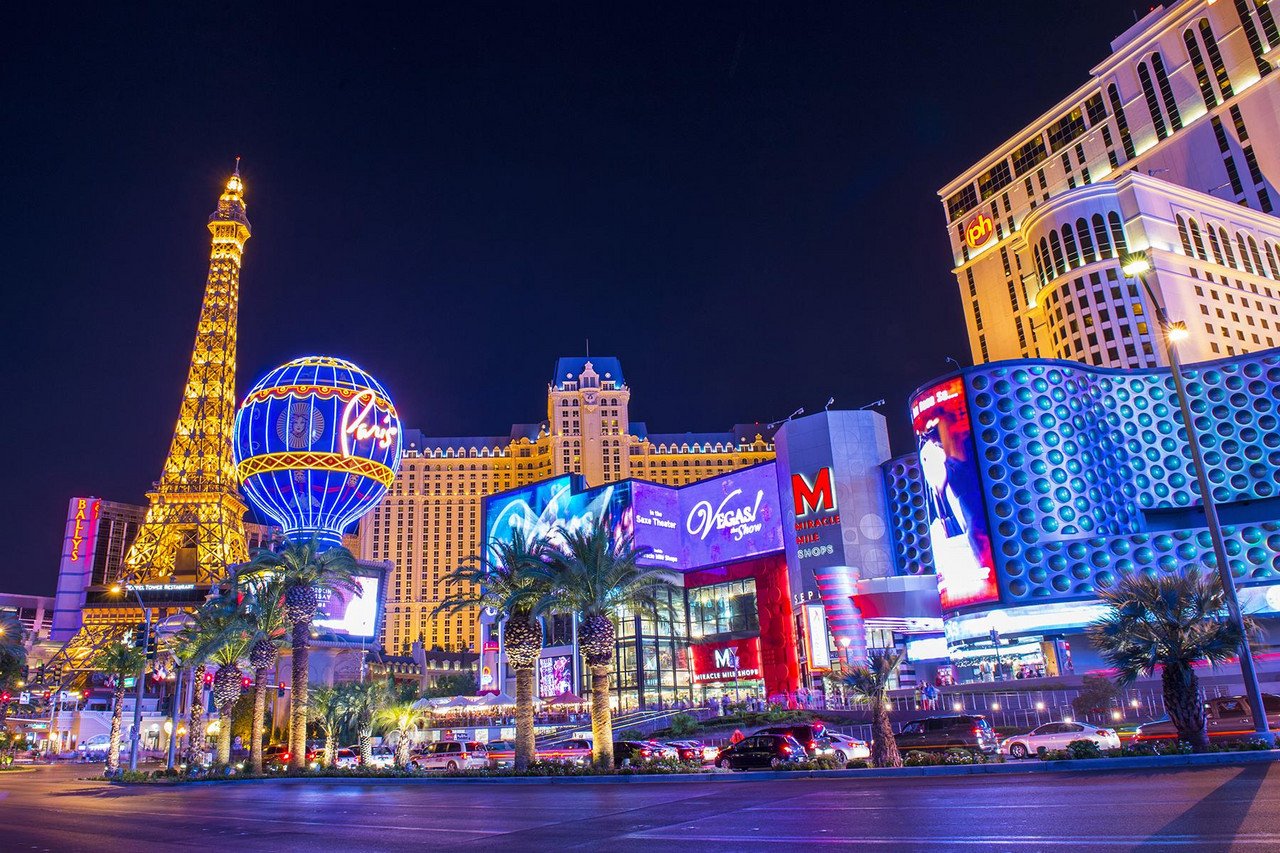Considering that motor racing often involves competitors gambling with track conditions and their lives in order to try and win, it may be no surprise that many have tried to bring the sport to the 'Entertainment Capital of the World'. Some tracks failed to capture the imagination of the city around them, whereas some survive to this day.
Humble Beginnings
The first circuit in Sin City to host major racing competitions was the Las Vegas Park Speedway. However, its inauguration didn't come without controversy. The idea for the first racecourse in Vegas was proposed by Joseph M. Smoot, who had hitched a ride from Brooklyn in New York on the East Coast to Nevada on the West Coast, to rebuild his life on the West Coast.
He planned to build a dirt oval in the south side of the city, and host horse racing events, claiming he had also been involved in the construction of several race tracks in California and Florida. He received two million dollars of funding courtesy of 8000 separate investors, money which they thought would be used to build the track.
However, Smoot's intention's were brought into question by Hank Greenspun, the man who had driven across the country to also start a new life in a new state
Hank said: "Old Joe knew a track wouldn't have a chance and he said so when he came here in 1946."
Thus, it became clear that Smoot had no intentions to actually build a circuit, he instead wanted to pocket the investors' money for himself. The construction of the Speedway was delayed past the planned opening date and then two of Smoot's associates were charged with felony embezzlement.
Joseph Smoot was then arrested on the same charges after he was unable to provide receipts for cancelled checks worth $500,000. He remained indicted until two years later when the 71-year old was found dead in a hotel room.
Following his criminal charges, a trustee was appointed by a federal judge to run the Las Vegas Park Speedway. A new board of directors finished the delayed construction of the track and on the 4th of September 1953, it was opened as the Las Vegas Jockey Club,
However, the tracks' problems hadn't ended with its' opening ceremony, as the ticket booths and tote boards in the infield weren't working properly. There were also issues with parking, as some people had to wait an hour to park while others couldn't park at all and missed the first horse race held at the track.
After 8200 people turned up on the first day of racing, the track was closed after the third day of races for two weeks so they could replace the ticket booths. It was reopened, but the track was losing money fast and so it closed again after 13 days. The last horse races happened at the Jockey Club during 1954 but this is where the tracks' car racing history comes in.
The season finale for the American Automobile Association (AAA) Champ Car series took place on the old horse racing track in 1954. The 100-mile race was won by the 1958 Indy 500 winner, Jimmy Bryan, that years' Champ Car series champion. 16 cars started this race but six of them had to retire after a crash on Lap 2.
Then in 1955 the Las Vegas Park Speedway hosted its' first and only NASCAR race. They were scheduled to race for 200 laps on the one-mile dirt oval however the race was stopped after 111 laps due to low light levels and Norm Nelson took the race win, his only win in NASCAR.
The track went on a four year hiatus before returning in 1959 by hosting a USAC Stock Car race which was co-sanctioned by ARCA. The race was again shortened due to darkness and Fred Lorenzen won from pole position.
That was it for the Las Vegas Park Speedway, as the board decided to destroy the track and divide the land into four parcels. The land is now occupied by the Westgate Las Vegas, Las Vegas Convention Center, and part of the Las Vegas Country Club.
So the first track in Las Vegas didn't go well, but could the next one do better? The next track would be the first road course to be built in the city.
The First Road Course
The second racetrack built with cars in mind was the Stardust International Raceway. It was developed in 1965 by a hotel-casino chain that owned the Desert Inn and Stardust brands.

Photo Source: Wikipedia
It was a flat circuit that measured three miles (4.8 kilometers) and had 13 turns, as well as a quarter-mile drag strip down the front-stretch.
The circuit hosted its inaugural top-level events in 1966 after hosting a local weekly series' race the year prior. The events in question were the United States Road Racing Championship (USRRC) and the Can-Am series, the latter event of which was won by F1 and motorcycle racing champion John Surtees.
Mark Donohue won the 1967 USRRC and Trans-Am races at Stardust, with Surtees winning his second consecutive Can-Am race in the same year.

Photo credit: lasvegas360.com
Then in 1968, reigning F1 champion Denny Hulme won the Can-Am race, with the venue also hosting the USAC Champ Car series that year, with that event being won by Bobby Unser.
However road course racing at Stardust would come to a halt post-1968 as the raceway changed ownership. Drag racing would continue to take place while residential homes were being built on the site of the rest of the circuit, but the track would cease operations in 1970. It would be replaced by the Las Vegas Speedrome, another road course which opened in 1972.
On Wednesday Part 2 will come out detailing the rise of the Caesar's Palace Grand Prix, and the rise of Las Vegas Motor Speedway.


